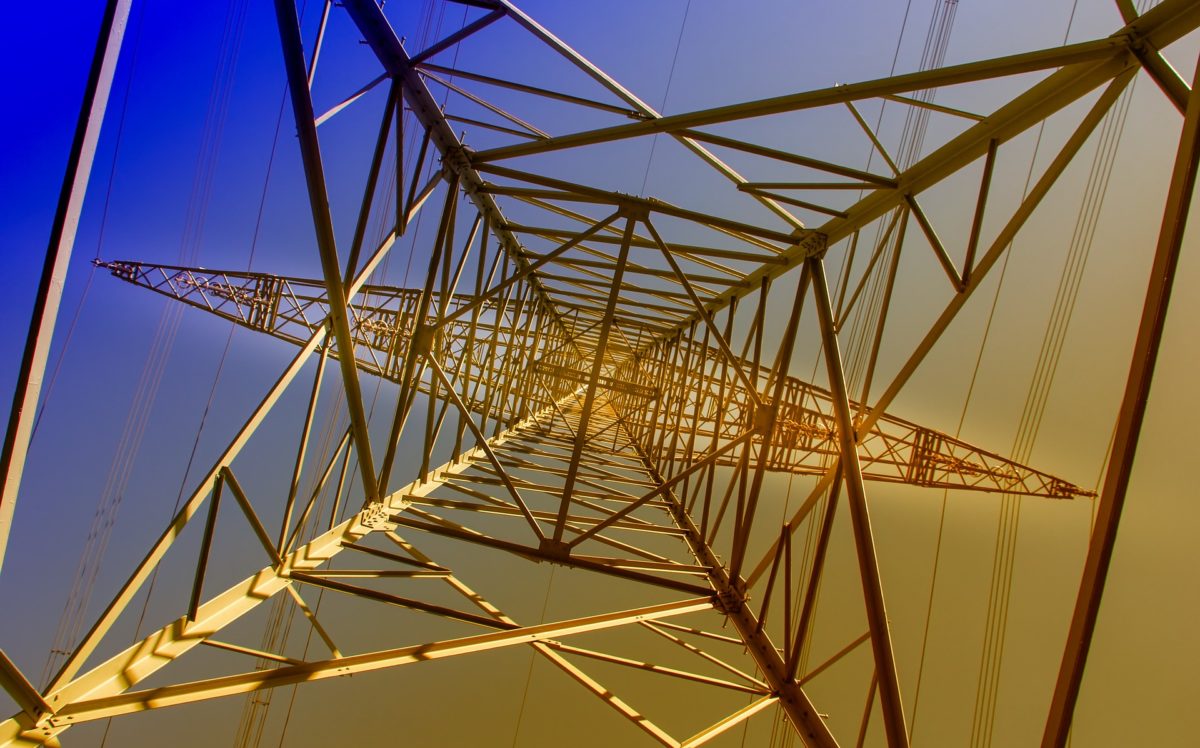With the China Photovoltaic Industry Association predicting 30-40 GW of solar capacity will be added in the nation this year, the 48.5 GW cap announced by grid operators for 2020 is unlikely to affect project deployment in real terms.
However the official announcement of ‘adoption capacity’ limits by the country’s three main grid operators this year appears to mark a determination by the networks to resist unrestricted expansion of solar power generation.
The caps on new PV capacity, also known as ‘connection limitations’, have been confirmed by China’s National Energy Administration (NEA) after lengthy internal discussions.
The State Grid Corporation of China, which caters to more than 80% of the nation’s power consumption, announced it would be able to make no more than 39.05 GW of network capacity available for solar facilities on its grid this year. The state grid’s smaller state-owned cousin, the China Southern Power Grid – one of the two national networks to cover wealthy Guangdong province – has made 7.4 GW of capacity available. China’s only provincial grid operator, the Inner Mongolia Power Corp, has offered 2 GW for solar.
Power struggle
With renewables in China driven by public subsidies for many years, it was the subsidy programs which determined the volume of generation facilities deployed. Now that the authorities are attempting to wean solar project developers off subsidies, by instead prioritizing grid-parity projects, network companies appear to be attempting to exert a degree of control over capacity deployment. Industry sources have confirmed the grid companies applied a limit to new solar facilities last year as well, although the figures were never made public.
The announcement of official caps on solar, and wind, grid connections by the NEA could signal an emboldened response by the networks, which claim the intermittent nature of renewable energy generation limits the peak shaving options of their grids.
PV commentator Wang Sicheng, a former member of a national energy thinktank, has dismissed that argument and says the resistance to renewables is down to conflicts of interest as the coal industry is pared back.
“If the connection limitation is a technical problem, it should be raised by the grid and resolved by the entire industry;” said Wang. “If it is a problem of sharing the cake, it should be analyzed and adjusted.”
This copy was amended on 08/06/20 to reflect the capacity limits applied by grid operators outlined above relate only to solar capacity, rather than solar and wind as previously stated.
This content is protected by copyright and may not be reused. If you want to cooperate with us and would like to reuse some of our content, please contact: editors@pv-magazine.com.



More drift from Emperor Winnie. He’s secured the power, but what is he trying to do with it?